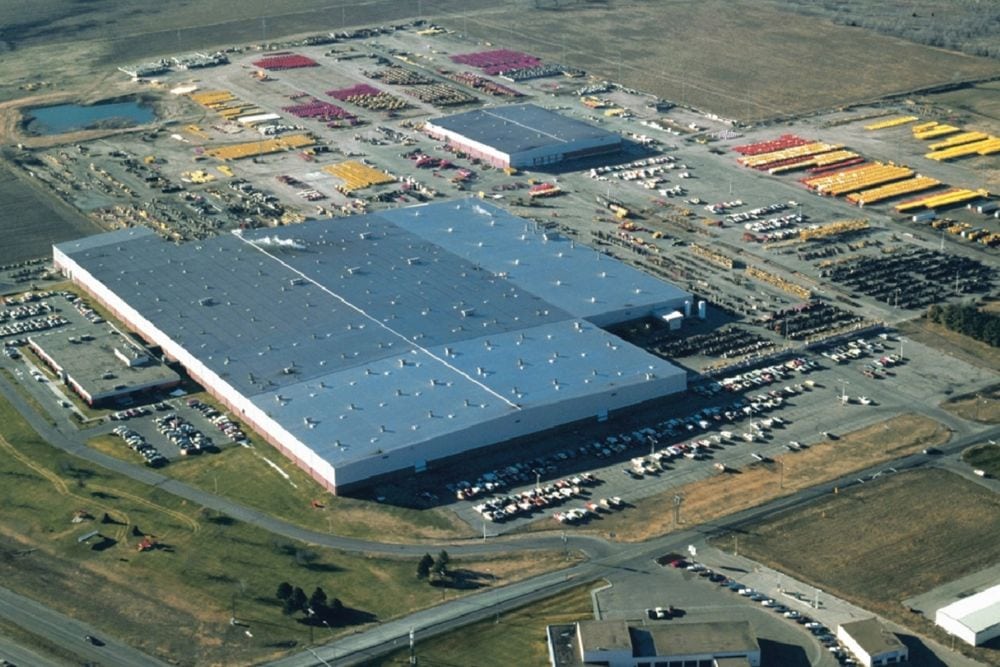Greg Northey, industry relations director for Pulse Canada, says grain companies have had to handle more logistical challenges since the end of the Canadian Wheat Board’s single desk’s, which he said was “probably an interesting learning curve.”
Northey is unsure how that learning curve affected grain movement in years with big issues. But he thinks the industry is becoming more logistically sophisticated, particularly in how it measures logistical and railway performance.
Investment in country and port infrastructure (particularly the West Coast), could perhaps be attributed to the single desk’s elimination, said David Przednowek, Canadian National (CN) Railway’s grain marketing director.
Read Also

Gentle treatments for pain in the neck
Heading toward year-end, people unknowingly tense up against the cold and busyness, causing neck pain that can often be treated with appropriate support and gentle mobility, athletic therapist Kathlyn Hossack says.
Przednowek said corridor movement has changed, and he thinks that might be related to the single desk’s departure. Grain companies are moving more through ports at St. Lawrence, Thunder Bay, or the West Coast, he said, rather than the longer hauls into the U.S. or Mexico.
Another big change is how much grain moves on unit trains — Przednowek said the proportion “has increased dramatically.”
“I’d say over 80 per cent of our shipment volume in the 2016-17 crop year moved in unit train,” he said. That makes for a more efficient grain supply chain, Przednowek added.
There’s also a feeling that communication has improved within the system. Manitoba Co-operator reporter Allan Dawson noted that communication seems better within the railways’ different departments on a recent episode of Between the Rows (Glacier FarmMedia’s podcast). And in an interview with the Western Producer’s Brian Cross, Canadian Pacific (CP) Railway executive John Brooks said collaboration between CP and shippers “is at an all-time high.”
Pulse Canada is one of several producers groups that comprise the Ag Transport Coalition, a group that has tried to “bring more visibility to the supply chain” for the last five years, Northey said. The coalition provides weekly reports on grain shipping and railway performance.
CN has moved towards the same type of visibility and transparency, Northey said. For example, CN’s weekly reports use the same measurements as the Ag Transport Coalition’s reports. “It’s definitely moving in the right direction,” said Northey.
My hunch is that pressure from the farm lobby and the possibility of more regulation is partly responsible for this improved communication. However, I also think it’s likely that a post-CWB world requires better communication among everyone in the system.
Quorum’s Grain Monitoring Program has some interesting stats that support the assertion that the system is becoming more efficient. The time grain spends in the system (from producer delivery to loading at port) has been steadily decreasing since 1999. In 2015-16, it averaged 41.8 days. The average time it takes railway cars to travel from loading point to terminal to the next loading point has also been generally declining (although there are bumps up at certain ports in certain years).
While the average railway loaded transit time has steadily improved, Quorum notes there is a lot of variability. This is a problem for shippers, Quorum notes, as it’s hard to plan when the actual time to move cars from country to port varies greatly from the average.
CN has offered shippers allocation contracts in the last couple of years. Przednowek said about 70 per cent of the grain CN moved last year was on contract. Northey said that from what he’s heard, those allocation contracts have been welcomed by shippers. The contracts include reciprocal penalties, payable to shippers, if CN doesn’t deliver cars on time.
But Northey would also like to see contracts include timeframes for moving cars to port and spotting cars at port terminals, something that’s not currently included in the contracts he’s seen.
Railways and grain companies have been investing in infrastructure in the last few years, but Przednowek said the Port of Vancouver is still a choke point. CN needs to undertake some big capital projects to loosen that choke point — for example, investing in tunnels and bridges within the Port of Vancouver.
However, Przednowek said the company won’t see an adequate return on capital for those investments in the current regulatory environment. Przednowek is hopeful that some money from the National Trade Corridor Fund could be used for capital projects on the West Coast.
















